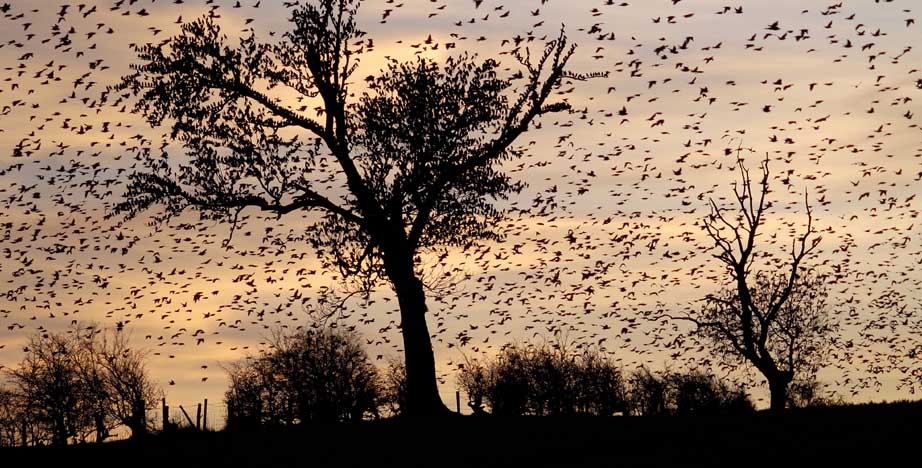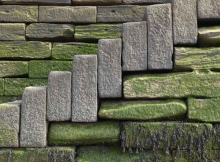
Masterclass
Port Carlisle
Bidden by the editor, this is a new Cumbria Life series, where I will be sharing my photographic experiences with you, and hoping to provide some useful tips for your own photography. Rather than choosing photos from my existing stock, I will be visiting – for immediacy only a day or two before the magazine’s print deadline – some of my favourite locations from around the County, and showing you the results and suggesting why the photos worked - or didn’t work! - on that particular occasion.
For my first ‘assignment’ I chose the ruined harbour wall at Port Carlisle, in the far north of the County. I think it’s a magic place, although described by a local as “nothing there”. I thank Joe Dias, the painter for taking me last year. But – as a word of warning - it’s strictly for the hardy, arguably the foolhardy. At high tide it is sea bound and can only be reached, with caution, at very low tide. I crossed from the east a couple of hours before a low spring tide. However, sand and channels being notoriously dodgy in the Solway, always ask local advice, and take a mobile, preferably a friend and the tide tables. It’s extremely muddy in spots, and the rocks and steps are treachorously slippery. Finally keep away during the ground nesting bird season. If you are now sensibly deterred, it should still make an interesting subject – in the right light – from the shore.
Now for the techno stuff. I use a Nikon SLR D200 camera. While it’s not quite such a serious camera as used by most professionals, it’s doing the job fine, and stands up well to the battering I regularly give it. I use 2 bodies, with my most frequently used lenses attached. For my landscape and garden photography work I pretty much always use a tripod. I generally use the highest quality, largest jpeg setting, the lowest ISO(100) and the Aperture Mode.
Looking right along the magnificent old harbour wall, this photo is all about strong angles. I maximised my depth of field to f.22 for full focus, and used my 17-55mm zoom lens. The cloud was particularly timely! The photo breaks the normal ‘thirds’ rule – (put your point of interest at a dissecting third), but I’ve never had much time for rules. Breaking that rule can make for more arresting, less predictable photos. A really strong composition will carrying on looking interesting, even if it doesn’t make a lot of sense, seen any way up. Try it!
With the wealth of eroded details on the harbour wall, it’s hard to know which to pick! This ‘steps’ photo was taken with my 17-55mm zoom lens. I’ve cropped to tighten up the composition. Cloudier conditions generally work well for details.
Final thoughts; I spent a couple of hours at the jetty – ideally I would have liked longer, later into the evening, but then I had my daughter to collect from a train, and this series is about realistic rather than ideal experiences! Plus time and tide wait for no man, or woman come to that. Looking at my memory cards, I took 80 odd photos. I was quite pleased with the results (and would give myself 3.5 out of 5 as a mark). Failures? – to really capture the atmosphere of the great harbour, now brought to ruin. Ideally (and how I’d normally work) I’d go back, time and time again, trying out different lights.
Other Masterclass Articles
- All Masterclasses
- Ullswater Colour
- Ashgill, near Garrigill
- Stag versus ram
- Flower borders
- Midsummer in Mallerstang
- Humphrey Head
- Wordsworth’s daffodils, Glencoyne, Ullswater
- Roosting Starlings
- Rain and Snow
- Kirkandrews on Esk
- Bonfire Night
- Autumn Colour
- Arnside
- Moordivock - Stormy Weather
- Steam Train on the Settle to Carlisle line
- Loughrigg Tarn

